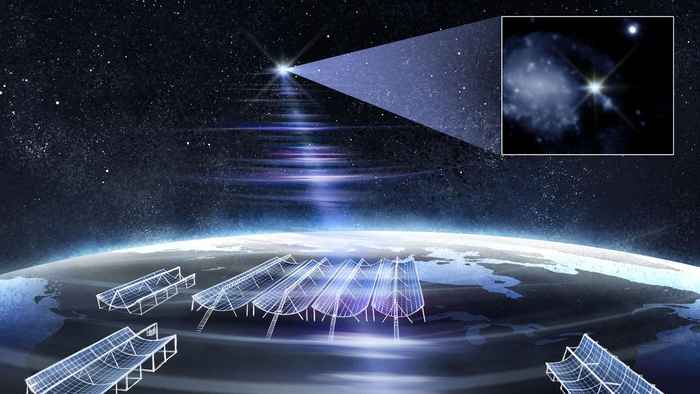ERC Starting Grant for Ziggy Pleunis
4 September 2025

The European Research Council (ERC) has selected 478 early-career researchers from across Europe for this year's Starting Grants. With a total of €761 million, these grants support outstanding research in diverse fields, including the natural sciences and engineering, life sciences, social sciences, and humanities. The support helps early-career researchers develop their own projects, assemble research teams, and develop their most promising ideas.
Ziggy Pleunis (Anton Pannekoek Instituut voor Sterrenkunde, UvA) is to receive over 2 million euros for his research project Unraveling the nature of fast radio bursts through a multifaceted look at their local environments (EnviroFlash)
Fast radio bursts (FRBs) originate far beyond our Milky Way and were only recently discovered. It is still a mystery where and how these bursts are produced, but it is clear that some sources repeat while others apparently do not. The key to understanding the variety of FRBs lies in their local environments. In his project, Pleunis will capitalise on the ‘Outriggers’ upgrade to the CHIME telescope, which has transformed the world’s best FRB detector into a machine that can now also pinpoint the bursts to their galactic neighbourhoods. With the much better localised sources and associated redshift (distance) measurements from Outriggers, it is possible to infer the density and magnetisation of the FRB neighbourhood from the radio signals, and to place this in context with information gleaned from optical images. Using low-frequency observations with the LOFAR telescope – which is also undergoing an upgrade that will make it a far better FRB detector than before – any variations in the local environments of nearby repeating sources will be precisely monitored to anchor detailed FRB models. In addition to directly addressing open questions about FRBs, Pleunis’ project will establish FRBs as much more sensitive and precise probes of the density and magnetisation of the Universe at large.
